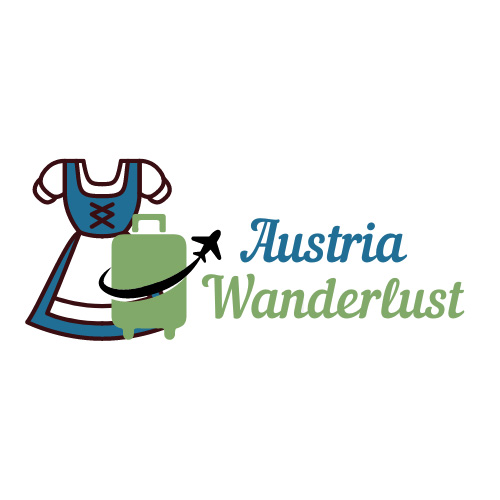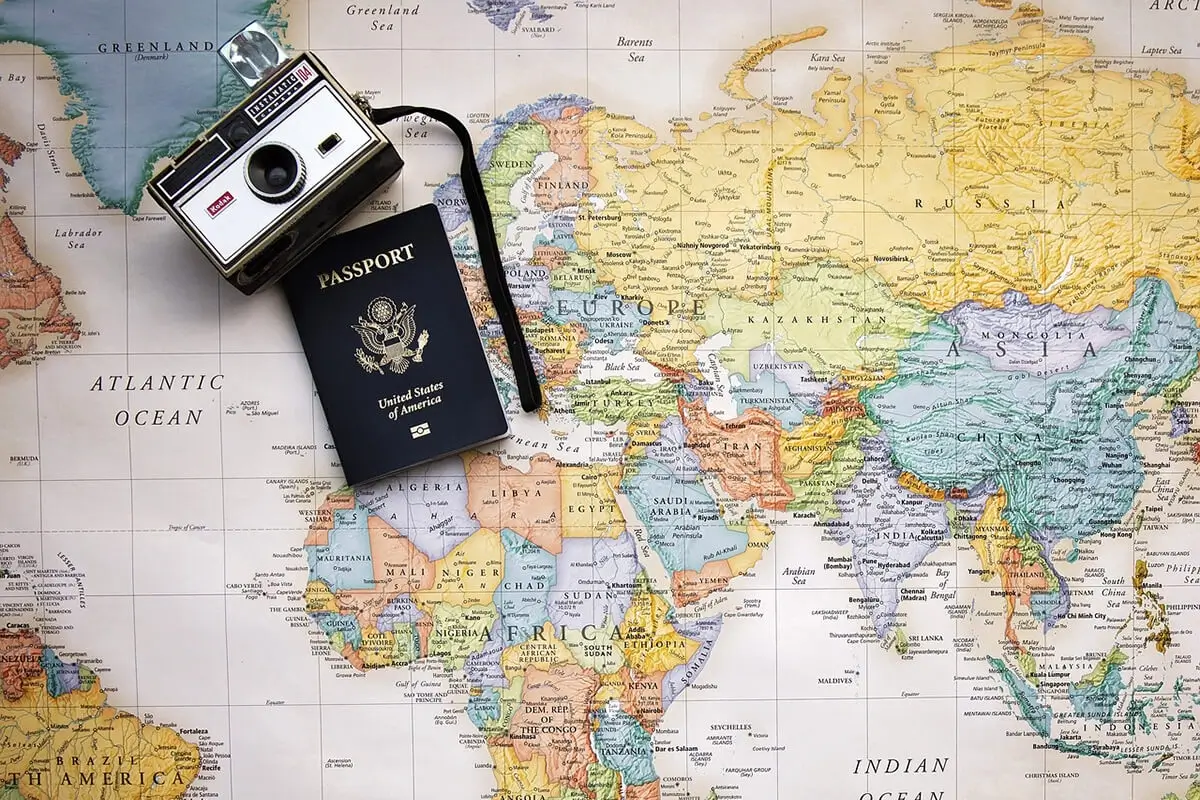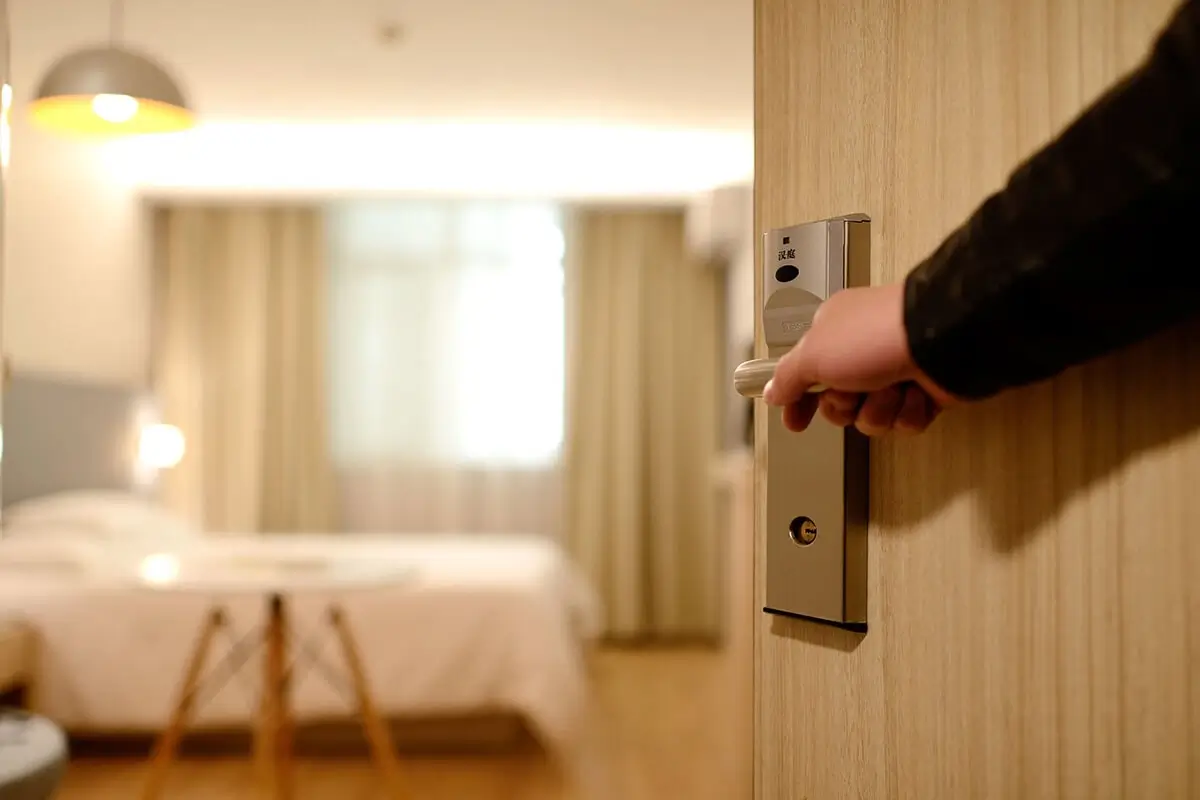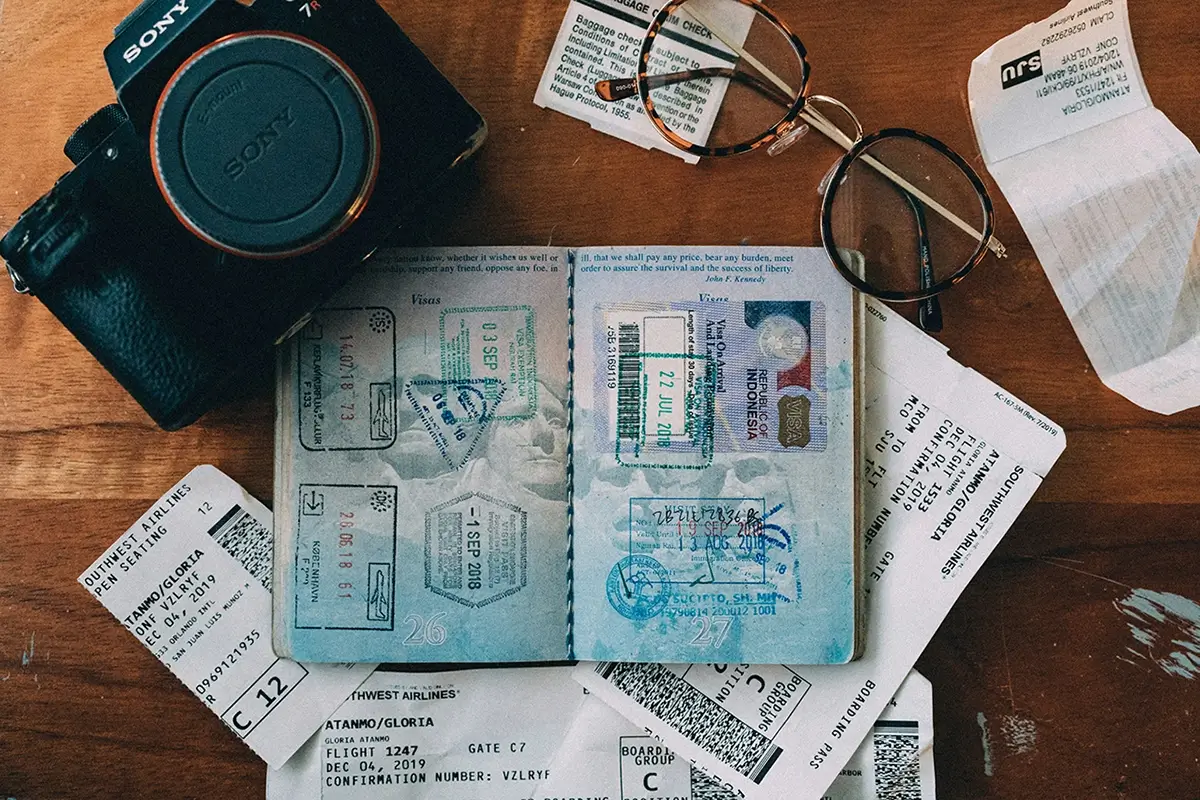Renting a Car in Austria
Renting a car in Austria and planning a road trip is one of the best ways to experience the country’s charming towns, alpine villages, and breathtaking landscapes at your own pace.
With some of Europe’s most efficient and well-maintained roads, Austria is incredibly accessible for travellers who want flexibility and freedom.
This guide to Renting a car in Austria covers all the essential information that you need to know, so you can plan with confidence and drive like a local.
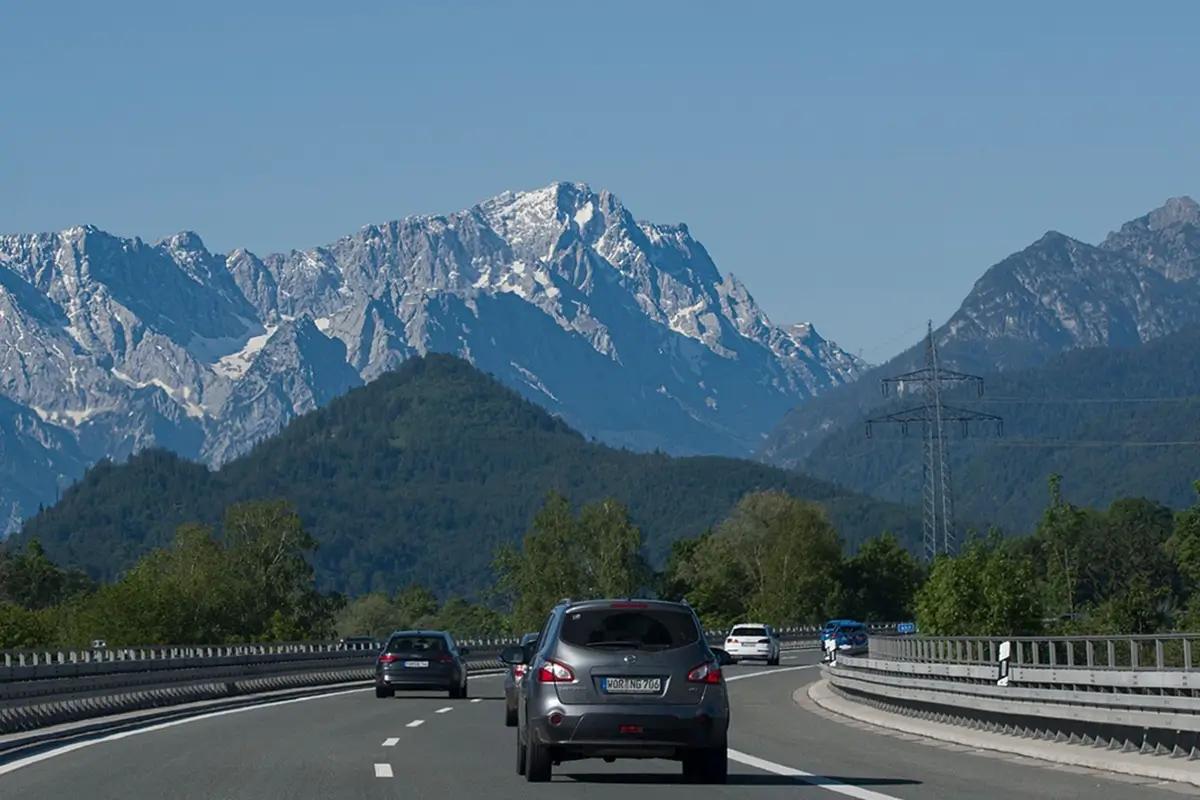
Austria is a compact country, and the distance between Austria’s main cities is not great.
Driving also allows you to explore Austria’s off-the-beaten-path locations and regions. Although Austria has a world-class, efficient public transport system, it is rather mountainous, so many times it will be easier to drive to reach the more isolated locations instead of taking buses.
This article may contain compensated links. See our full disclaimer here. If you purchase through any of these links, we may earn a small commission at no extra cost to you.
The commissions help us provide valuable travel tips and guides for free. Thank you!
Join the Austria Travel Planning Facebook Group
Follow us on:
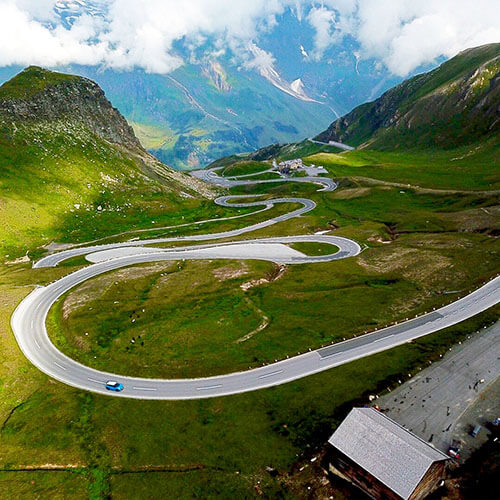
Driving Distances
Vienna to Salzburg: 300 km (185 miles) ~ 3 hours
Vienna to Innsbruck: 480 km (300 miles) ~5 hours
Vienna to Bregenz (the far west of Austria): 600 km (373 miles) ~ 6 hours
Salzburg to Innsbruck: 190 km (118 miles) ~2.5 hours
Salzburg to Bregenz: 330 km (205 miles) ~4 hours
Innsbruck to Bregenz: 190 km (118 miles) ~2.5 hours
Where to Rent a Car
The cheapest car rental options with the most selection are normally at car rental companies at the Airports.
Vienna and Munich have the largest selection of cars. You can also rent a car at Innsbruck, Salzburg, and Graz airports.
Major cities such as Vienna, Salzburg, Innsbruck, Graz, and Linz have various car rental companies located in the city or at the Main train stations.
Do not expect to be able to find or have a large selection of rental cars in the smaller cities or villages. Renting a car in the smaller cities and villages tends to be the most expensive.
Car Rental Companies in Austria
We have found that some of the smaller companies have much cheaper rental prices, but unfortunately, you get what you pay for. There are many hidden costs, and they do not have the customer service of the major car companies.
Tip: We like to compare the offers of several car rental firms in the same category.
We have found that AutoEurope CLICK HERE has the best offers, including one-way fees and no hidden charges.
We usually advise against using third-party ‘middlemen’- but we have had only good experiences when we used AutoEurope to rent cars throughout Europe.
AutoEurope “consolidates” rental cars at a pre-negotiated or bulk rate, so we have found better deals than booking directly with the Car rental company.
Even if you decide to book direct with the car rental company- AutoEurope gives you a simple overview of all the prices, inclusions and exclusions- so you can make the best choice.
Car Rental Conditions
Age: Typically, to rent a car in Austria, you need to be at least 19 years old Some rental companies require the driver to be at least 21 years old.
Additionally, if you are under 25 years old, there may be an extra ‘Young Driver’s Fee’.
Licence: You will need your passport or European ID card, a Valid Driver’s Licence and an International driver’s licence (if not EU/EEA or UK licence)
Most companies require you to have held your driver’s licence for at least one year.
Credit Card Most companies require you to have a credit card to make a reservation.
Types of Cars
Size Matters: Consider the size and type of vehicle you will require.
Are you travelling mostly in cities, where the streets are narrow and parking is limited?
Do you have a lot of luggage and need a large boot/trunk space?
Will you be driving in the mountains in the winter and require a 4-wheel drive?
- Compact or economy car: A practical option for city driving and shorter trips. Usually, the boot/trunk can fit two large-sized suitcases + carryon.
- Midsize or full-size car: This is more comfortable for longer road trips and highway driving. It will have a larger boot/trunk space. But, parking spots tend to be small.
- SUV: Popular for visitors spending time in the mountains and/or in winter.
- Luxury Cars
Manual or automatic transmission. Most Europeans drive manual cars, so if you prefer automatic, you should book at least six months in advance; you must request it specifically and potentially pay a higher rate.
Fuel Type: Depending on your preference. Petrol, Diesel, Electric or Hybrid.
Car Rental Checklist and Fees
Check the car rental policy to confirm what is included in the quote and any extras that may incur separate fees.
Read carefully the inclusions and exclusions of the rental quote(s).
Additional Driver: Many car companies charge an extra fee for additional driver(s).
Age: Young Driver Fee for drivers under 25 years old. Drivers over 70 years old may be classified as a ‘senior driver’, and there may be additional fees.
Automatic vs. Manual Transmission: Most rental cars in Austria (and the rest of Europe) are manual transmissions. Cars with automatic transmissions tend to be more expensive. Reserve early if you want an automatic transmission vehicle. There is also a limited stock of automatic transmission cars, which tend to be found more readily at airport car rental companies.
Child Seats—Booster Seats: Drivers must ensure that children under 14 and under 135 cm tall (53 inches) are secured in the vehicle using a suitable restraint system: baby seats (0 to 13 kg/28 lbs), child seats (9kg/20 lbs to 18 kg/40 lbs), and booster seats (from around 19 kg, depending on the child’s height).
Contract Fee: Most car rental companies in Austria are required by law to charge a contract fee of 1 per cent if the contract exceeds a value of EUR 150.
Crossing the Border: If you drive across borders, you must inform the car rental agency. Many car rental companies will not allow their customers to drive to certain Eastern European countries, such as Albania, Bosnia, Bulgaria, or Serbia, especially when they drive luxury brand cars due to increased insurance risk.
Fuel policy: Check the rental company’s fuel policy. Some companies require you to return the car with a full petrol tank, while others may charge you for the fuel used during the rental period. It’s almost always cheaper to fill up yourself and bring the car back with the same amount of petrol that it had at the beginning of the rental period.
Insurance: Austria requires drivers to have third-party insurance by law. Ensure that you understand the insurance options available, what they cover (inclusions), and what they do not cover (exclusions). Basic insurance is usually included in the rental price, but you may opt for additional coverage for extra protection. Consider purchasing a collision damage waiver (CDW) to protect yourself from any damages to the rental car.
Mileage policy: Check the mileage policy. Some car rental contracts set the maximum permitted distance you can travel per day (or sometimes per week) with your rental car. Once you exceed the permitted distance, you must pay an extra fee for every additional kilometre you drive.
Navigation Systems: Most rental firms now provide useful navigation systems.
One-way Fee: There is a one-way fee if you pick up the car and drop it off at another destination.
Ski/Luggage/Bike Racks: Ski/Luggage and bike racks are an extra option cost that incurs an additional fee.
Vignette: Driving on Austrian highways and expressways requires a toll. Instead of toll booths, you need a Vignette sticker or electronic pass. Cars rented from Austrian car companies normally have the Vignette included.
If you are renting a car in another country and driving to Austria, you must buy a Vignette before entering Austria.
Winter Tyres: In Austria, all cars must be equipped with winter tyres between 1st November and 15th April. This law also applies to car rentals.
If you rent the car in Austria, snow tyres will be equipped, but they may be chargeable extra.
If you rent a car in another country and drive to Austria, ensure that snow tyres are equipped.
If you cause an accident while driving a car without winter tyres, your insurance may be invalidated, and you may incur a large fine.
Other charges: Read the car rental policy to understand any extra charges such as administration fees in the event of traffic violations or fines, late return fees
Can I rent a car in Austria without a credit card?
Most major car rental companies require you to pay by credit card, and they usually require deposits as a guarantee against damages or theft. This means the car rental company holds an amount in the form of authorisation on your credit card.
Check the deposit amount and how long they hold the deposit on your credit card after you return the car.
Debit cards/bank cards, WISE cards, etc and cash payments are normally unaccepted. However, some companies will accept rental contracts without a credit card. We have found that these are normally the smaller operators located at airports.
One-way Rentals
Car travel between Vienna and Salzburg, Innsbruck or Munich are popular routes. Driving in one direction from the east of Austria to the west (or vice versa) enables you to see a large portion of Austria without wasting time backtracking to your original destination.
Most car companies allow one-way rentals but charge an additional fee.
International Road Trips
Driving between Vienna and Bratislava, Salzburg and Munich, Salzburg or Innsbruck and Italy, Innsbruck and Zürich is possible and very popular.
When renting a vehicle, you must inform the rental company if you will be crossing any borders. Failure to do so may invalidate your insurance.
Crossing Borders: Driving from Salzburg to Innsbruck or south to Zell am See, you may pass through Bavaria, Germany. The Deutsches Eck (German Corner) is a shorter and more convenient connection between the greater Salzburg area and western Austria. Car rental companies never have a problem with this.
Travel between Schengen countries is visa-free, and there is usually no border check. However, it is possible that passports will be checked, so ensure that you have your Passport, ID, and Driver’s license (plus an International driver’s license, if required) with you if you are driving between countries.
Note: For insurance reasons, many car rental companies will not allow their customers to drive to certain Eastern European countries such as Albania, Bosnia, Bulgaria or Serbia. Confirm directly with the car company if you plan on driving to these countries from Austria.
Driving in Austria- The Basics
Austria is one of the safest countries in the world, and this can also be said about driving in Austria.
Speed limits are enforced, and speed cameras are in use. Austrians are strict about speeding and drunk driving, and the fines are steep.
You must have at all times while driving:
-
- Proof of insurance and car’s documentation
- Passport or European ID card
- Valid Driver’s Licence and International driver’s licence (if not EU/EEA or UK licence)
The use of the mobile phone while driving is only permitted with a hands-free system that has a loudspeaker and a fixed microphone.
All your passengers must always wear seat belts – the Austrian law is strict about this.
Children under 14 and under 135 cm tall (53 inches) must be secured in the vehicle using a suitable child restraint system.
Mountain Driving: Driving in the mountains can take some time to get used to. The roads through the mountains tend to be two lanes- and may be much narrower than lanes that you may be used to. Take your time, follow the speed limits and adjust your driving to the conditions.
Driving at Night: There are limited street and secondary road lights as you leave the cities, towns, and villages.
Winter Driving: There are very few instances when you cannot travel by car in winter.
Austria is very well-adapted and efficient at snow removal. Roads through the mountains can be snow-covered and/or icy. Follow the road advice and adjust your driving to suit the conditions.
Top Tip- Before you depart from the car rental agency
Check the condition of the rental car
When you pick up your rental car, inspect it thoroughly for any damage and report it to the rental company before you leave.
We recommend taking photos or videos of the car from all angles to prove any existing damage.
This will help you avoid any disputes over damages when you return the car. It is also a good idea to take a photo of the odometer showing the previous mileage and amount of fuel provided when you picked up the car.
Wanderlustria's Austria Trip Planning Service
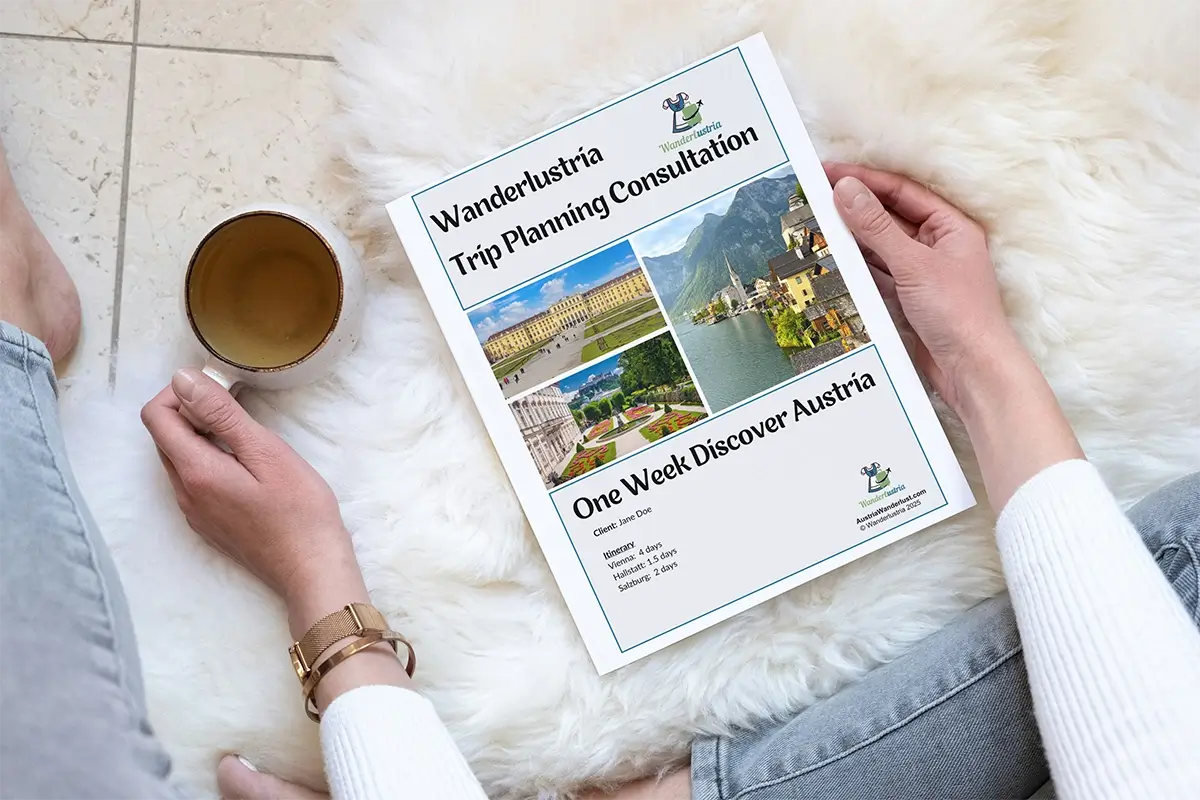
Expert advice to help you plan your Austria holiday.
Book an Austria Trip Planning Consultation
We help you plan your dream Austrian holiday.
The Wanderlustria Trip Planning Service provides advice on everything you need to know about planning your holiday to Austria- from hotels to tours, where to get the best tickets, train and road trips and share our favourite places and activities to ensure your Austria holiday is memorable.
Find the perfect Austria Travel Consultation for you
Plan your Austrian Holiday
Chief Wanderlust’er and Austria travel expert, I’m on a mission to help you uncover the magic of Austria — from fairytale cities and alpine villages to awe-inspiring landscapes and rich cultural traditions.
As the founder of Austria Wanderlust Travel Planning, the Austria Travel Planning Facebook Group, and director of Wanderlustria eU, I provide trusted tips, local insights, and curated resources to make your Austrian adventure seamless, authentic, and unforgettable.
